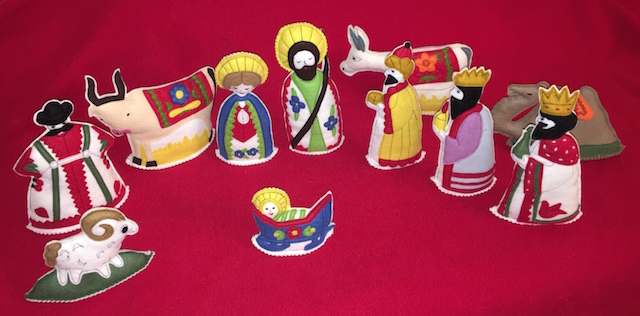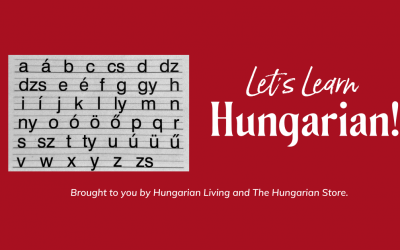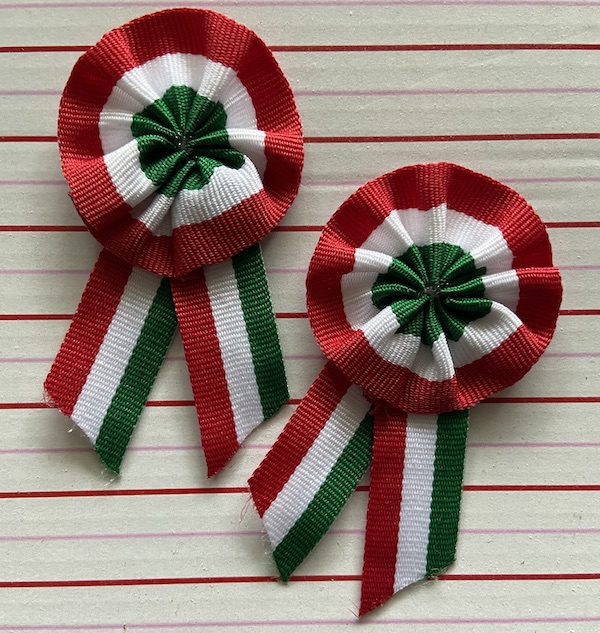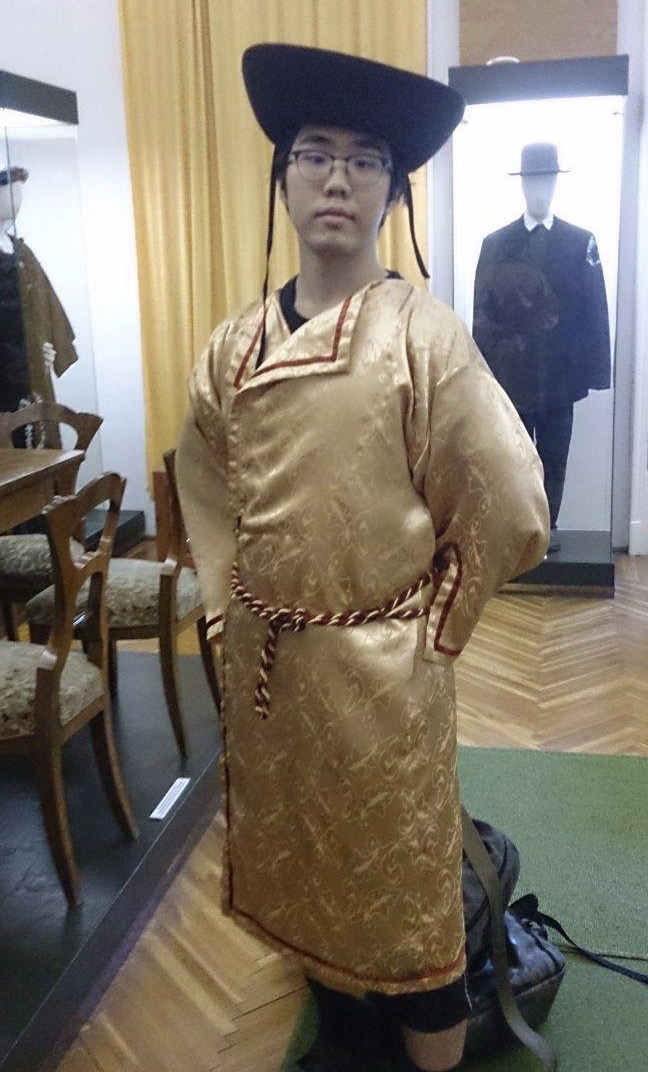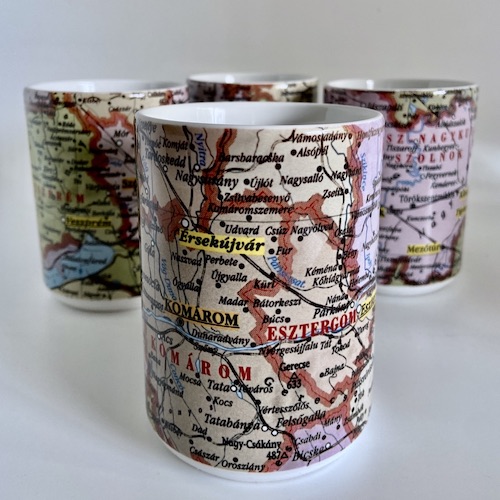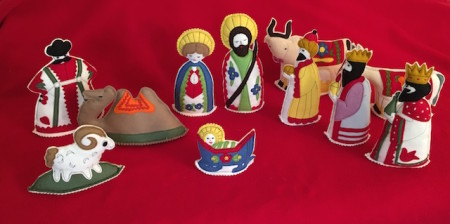
Christmas in Hungary
There was a loud knock at the front door.
“Someone is at the door, Mother,” called Ilona excitedly from the living room. She pulled the curtain aside a little and peeked out. “Oh Mother, Daddy, Grandma, Grandpa, come quickly! They’ve come to OUR house. They’re here. They’re here!”
Within minutes the room was filled with boys and girls dressed in costume. Some children were dressed as shepherds, and others as kings. Ilona’s older brother Gabor was dressed up as Joseph, another biblical character.
In Hungary, these children are called the Betlehemesek. In English we might call them the “Bethlehem players”.
During the Christmas season in many families in Hungary, the Bethlehem players visit the homes of relatives and friends, bringing to them the story of Christmas. Each boy and girl has a special part in re-creating the Bethlehem scene.
Ilona watched as the players prepare a bed of straw for the baby Jesus. Mary and Joseph took their places near the manger bed. The shepherds huddled together in another corner of the room, pretending to be asleep. Janos, one of the shepherds, even brought along his pet lamb. At last they were ready. Everyone sat quietly as the Bethlehem players began the Christmas story they all knew and loved.
Besides the Betlehemesek, there are many other customs practiced in Hungary which are much different from our own.
During the Advent season some Hungarian children help their parents in making an Advent wreath of evergreen boughs. Four small candles are placed among the boughs on the wreath, signifying the four weeks of the Advent season. Each week, one of these small candles is lighted at the dinner table. A large candle is placed in the center of the wreath. This candle is lighted on Christmas Eve.
In preparing for the birth of Jesus, Each child in a Hungarian home begins with a miniature bed of straw for the baby to sleep on. Any good deed done during this four-week period means one more straw can be added to the miniature bed. Of course every child in Hungary wants his bed to be the softest and roomiest for the evening of Jesus’ birth.
These good deeds that the boys and girls do are believed to be recorded by St. Nicholas. In addition, it is believed that he has been keeping a record of the children’s behavior the entire year. When St. Nicholas pays his visit on the eve of December 6th, he gives this report to the parents. If the children have been good, St. Nicholas goes to the shoes that have been polished and left on the window ledge, and fills them with candies, nuts, and other good things to eat. If the children have been bad, a switch is left with which the children are to be spanked. Should the children still be awake when St. Nicholas appears, the report is given in front of everyone.
On Christmas Eve, it is the Christmas Angel who prepares the tree and leaves gifts under the tree for the Christ child. Only when the family hears the gentle tinkling of her golden bell can they enter the closed room and see the beautifully decorated Christmas tree.
Christmas trees in Hungary are, for the most part, decorated with cookies, chocolate figures, specially wrapped Christmas candies, painted walnuts, and oftentimes fruits. Small white candies and sparklers add to the beauty of these decorations, and angel hair covers the entire tree.
The Christmas Angel does not wrap the gifts but simply places them under the tree. No one, however, is permitted to touch the gifts until the family has prayed a Christmas prayer together and has sung several Christmas carols.
After this joyous family gathering, the villagers walk toward the church, carrying lighted candles and singing carols. At the church, they worship during the midnight hour, remembering again that night long ago in Bethlehem.
This was originally published in a national children’s magazine in the 1960’s. It was written by Elizabeth A. Szabo, my sweet mom (édesanyám)
Magyar Marketing is a second-generation family business that began in 1988. Our mission is to provide you with resources and encouragement to discover, celebrate, and share your Hungarian heritage with friends and family! To receive our free product catalog or learn about our tours to Hungary and Transylvania, please email [email protected] or call 1-800-786-7851.

